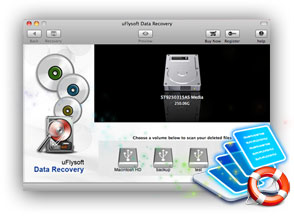Raid Recovery: a Simple Step of Correction
By Ashleigh Mcenaney
During RAID Recovery, the word RAID means Redundant Array of Inexpensive Disks. Now many questions are coming out in our mind, i.e., what is raid data recovery services? Does it work? Don’t worry; we are going to give all the answers. Let’s start:
Explanation of all RAID level:
- RAID 0: In this system, splitting up the datainto blocks that get intended across all the drives in the array. RAID 6, e., double parity stripping. This level offers superior I/O performance while using more than one disk at the same time. RAID 0 performance can be increased with multiple controllers, i.e., one controller per disk.
- RAID 1 (mirroring):
In this RAID level operation is not affected in case if a drive fails controllers make data recovery from the drive or the mirror drive. At this level at least two drives needed. Raid 1 level is perfect for small servers and ideal for critical storage, for instance for the accounting system.
- RAID 5 (parity striping):
This level is one of the most common secure levels. Raid 5 requires more than 3 drives and can work up to 16. In this level, data blocks are bounded everywhere on the drives and on one drive equality substantiation of all the block data is written. RAID 5 ideal for the application servers of limited numbers of data drives, it is also fine for all systems, which combines satisfactory performance, efficient storage, and excellent security.
- RAID 6(striping with double parity): This level is mostly similar to RAID 5 instead of parity data which are written to two drives. In this level, at least four drives required and can resist 2 drives synchronously. Thereare very few chances of breakdown that two drives at the same time. In this level second if a second failure occurs raid array will even
- RAID 10 (stripping and combining mirroring): Thislevel is a combination of RAID 1 & RAID 0, so we can say this level is a hybrid RAID configuration. Mirroring and striping of data both occur at this level. It provides security and speed for both data.
Advantage and Disadvantage of RAID implementation: In IT business management both an advantage and disadvantage of RAID occur. System administrator decides the RAID label to be used on the basis of ITBM requirement. so here are some advantage and disadvantage given of RAID implementation:

ADVANTAGE:
- The speedof Writing to the memory of RAID 1 is much faster.
- RAID distributes I/O load equally on several physical servers that results in good system performance.
- RAID implementation helps all logicalfiles that are big in size supported by the operating system.
DISADVANTAGE:
- RAID 1 is not supported large files and also less disk space.
- If anyone wantsto locate a single data file on the specific physical drive, it might be possible data stripping not allow.
- More levelof RAID is a time-consuming recovery process.
In the end, we can say in nowadays RAID technology is used in most of the business servers, workstations like video file editing, graphic designs and personal PC’s. It is a very useful technology for software and hardware as well.


